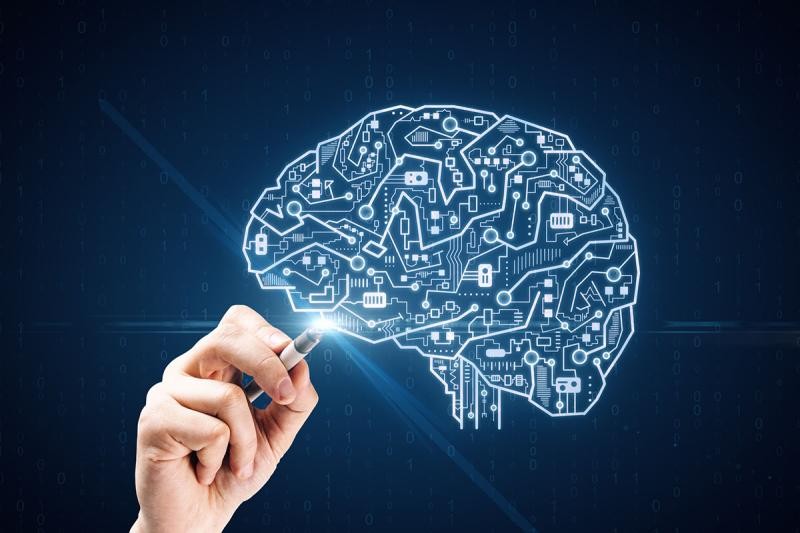
ChatGPT
ChatGPT is an AI language model developed by OpenAI. It is based on the GPT-3.5 architecture, which stands for "Generative Pre-trained Transformer 3.5." GPT-3.5 is an advanced version of the GPT series, designed to generate human-like text and engage in conversational interactions.
The underlying technology of ChatGPT is a deep learning model called a transformer. Transformers use a neural network architecture that allows them to process and understand large amounts of text data. They excel at tasks such as language translation, summarization, question answering, and generating coherent and contextually relevant responses.
The training process of ChatGPT involves exposing the model to vast amounts of text data from the internet. It learns from the patterns, structures, and relationships within the text to develop a broad understanding of language. This pre-training phase helps the model acquire knowledge about grammar, facts, reasoning abilities, and even some common-sense reasoning.
Once pre-training is complete, ChatGPT undergoes a fine-tuning process. During this phase, it is trained on specific datasets that are carefully generated with human reviewers following guidelines provided by OpenAI. The reviewers review and rate possible model outputs for various example inputs. This feedback loop allows the model to improve its responses over time and align them with OpenAI's guidelines.
When you interact with ChatGPT, you provide it with a prompt or a question. The model processes the input, analyzes the context, and generates a response based on the patterns and information it has learned from its training data. The response is designed to be relevant and coherent, aiming to provide helpful and informative answers or engage in a conversation with you.
It's important to note that while ChatGPT can generate impressive responses, it may sometimes produce incorrect or nonsensical answers. It's always a good idea to verify information from reliable sources and use critical thinking when evaluating the model's responses. OpenAI is continually working to improve the capabilities of AI models like ChatGPT and address their limitations.
Advantages of ChatGPT:
Versatility: ChatGPT is a highly versatile AI model that can engage in conversations on a wide range of topics. It can provide information, answer questions, offer suggestions, and even engage in creative or imaginative dialogue.
Language comprehension: ChatGPT has been trained on an extensive corpus of text, enabling it to understand and generate coherent responses. It can grasp complex language structures, understand context, and produce text that appears human-like.
Availability: ChatGPT is accessible through online platforms and APIs, making it available to a wide range of users. It can be integrated into various applications, tools, or chat interfaces to enhance user experiences.
Continuous improvement: OpenAI employs an iterative feedback loop to improve ChatGPT. The fine-tuning process allows the model to learn from human reviewers, enhancing its responses over time and reducing biases and errors.
Disadvantages of ChatGPT:
Lack of contextual understanding: While ChatGPT can generate contextually relevant responses, it doesn't possess a deep understanding of the information it provides. It primarily relies on patterns in the training data and may generate plausible-sounding but inaccurate or misleading answers.
Sensitivity to input phrasing: The way a question or prompt is framed can significantly influence ChatGPT's response. Small changes in wording can sometimes lead to different or unexpected answers. Users need to be cautious and ensure clear and specific communication.
Potential biases and inappropriate content: ChatGPT learns from text data available on the internet, which can contain biases and inappropriate content. Despite efforts to mitigate biases, the model may still exhibit biased behavior or generate inappropriate responses. OpenAI takes these concerns seriously and is actively working on reducing biases and addressing content-related issues.
Lack of real-world knowledge: Although ChatGPT has access to a vast amount of information, its knowledge is limited to what it has learned from text data. It may not have up-to-date information or real-time awareness of events beyond its training cutoff date. Users should verify critical information from reliable sources.
Inconsistencies and errors: ChatGPT is not immune to generating incorrect or nonsensical responses. It may occasionally produce inconsistent or illogical answers. OpenAI continues to refine and improve the model to reduce such issues, but they may still occur.
It's important to remember that while ChatGPT can be a valuable tool, it should be used as an aid and not as a definitive source of information. Critical thinking, verification from reliable sources, and context awareness are essential when interacting with AI models.
